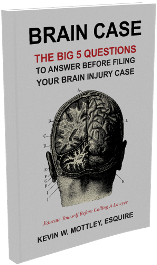What to Do After a Rear-End Collision Caused by a Truck Driver
Making your case and receiving compensation for your injury, even when it seems obvious that the truck driver was at fault, depends on gathering and properly utilizing evidence. You specifically need to acquire:
- Photos from the scene of both vehicles and the road conditions.
- Contact information from bystanders who saw the collision and can describe what occurred.
- Evidence from the trucking company itself, such as the truck’s black box as well as employment records and driver logs. Typically, your attorney will handle gathering this type of evidence.
- Police reports after law enforcement come to the scene to try to determine fault.
- Medical documentation of your injury.
That last point is particularly important when a truck strikes the back of your car because whiplash is common after a rear-end accident. Other serious injuries with life-long repercussions are possible in rear-end crashes, especially when dealing with large tractor-trailers or cargo trucks.
Symptoms of brain and spinal cord injuries frequently don’t appear immediately after the crash and can be missed if you don’t get checked out by a medical professional quickly. Documenting those injuries is critical to negotiating a full and fair settlement with the truck driver’s insurance or in pursuing compensation through a lawsuit.
| Related Links: |

 There are certain kinds of accidents that appear to have clear-cut culprits. When a truck driver
There are certain kinds of accidents that appear to have clear-cut culprits. When a truck driver 
